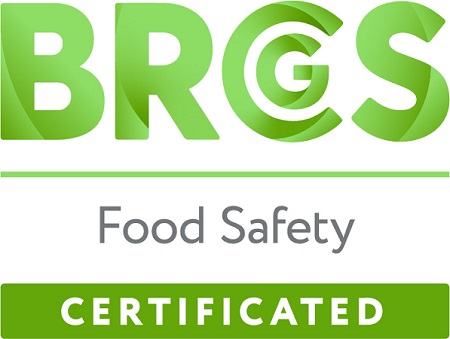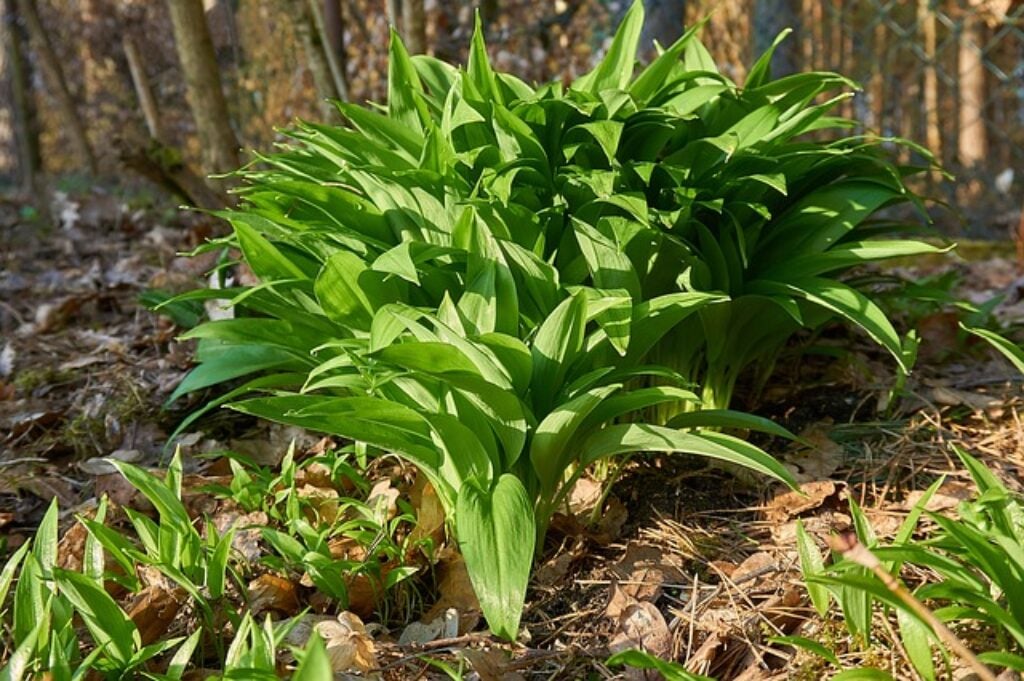Wild Garlic is the first fresh ingredient every spring foraged from woodlands across Britain.
Wild Garlic (aka ramsons) grows wild right across the UK. Right now, foragers are making early harvests, starting in the warmer south of the country.
The great news is that it has arrived early this year as a result of the mild temperatures, it usually emerges in abundance around the same time as the very first asparagus and Jersey Royals.
The plant is edible at all stages of its life cycle, from the leaves to flower buds to pretty white flowers with six petals, which look dazzling on the plate.
Key Facts
- Wild Garlic (Allium ursinum) belongs to the allium plant family, along with chives, spring onions and leeks.
- The plant spreads via bulbs and prefers slightly damp ground.
- It is said that wild garlic helps to reduce blood pressure, blood cholesterol and the risk of strokes.
Growing & Harvesting
It grows like a carpet, very dense, in well established woodlands, most often near a stream or on a riverbank. It can be harvested at every size, from tiny leaves, the size of half a matchstick, to larger leaves, we have seen some chefs use the largest leaves as a wrap. It is super versatile, can be used in a variety of dishes, including a wild garlic sauce vierge for potatoes, wild garlic mayo for steak and threading it through a dish of hake, mussels and samphire with a white wine cream sauce. Blanching first preserves the extreme colour and mellows the flavour.
Kitchen Inspiration
Here is our take on some menu ideas to help you make the most of this seasonal favourite.
- Wild garlic soup, crème fraiche and croutons
- Warm wild garlic cream, smoked eel, lardo, Ratte potatoes, marinated shallots
- Lamb sweetbreads, radishes and wild garlic
- Crispy cod cheeks, wild garlic pesto, confit lemon
- Fillets of plaice, wild garlic, spring onions and chives
We expect to have wild garlic available for the next 6-8 weeks so make the most of it whilst you can chefs!







